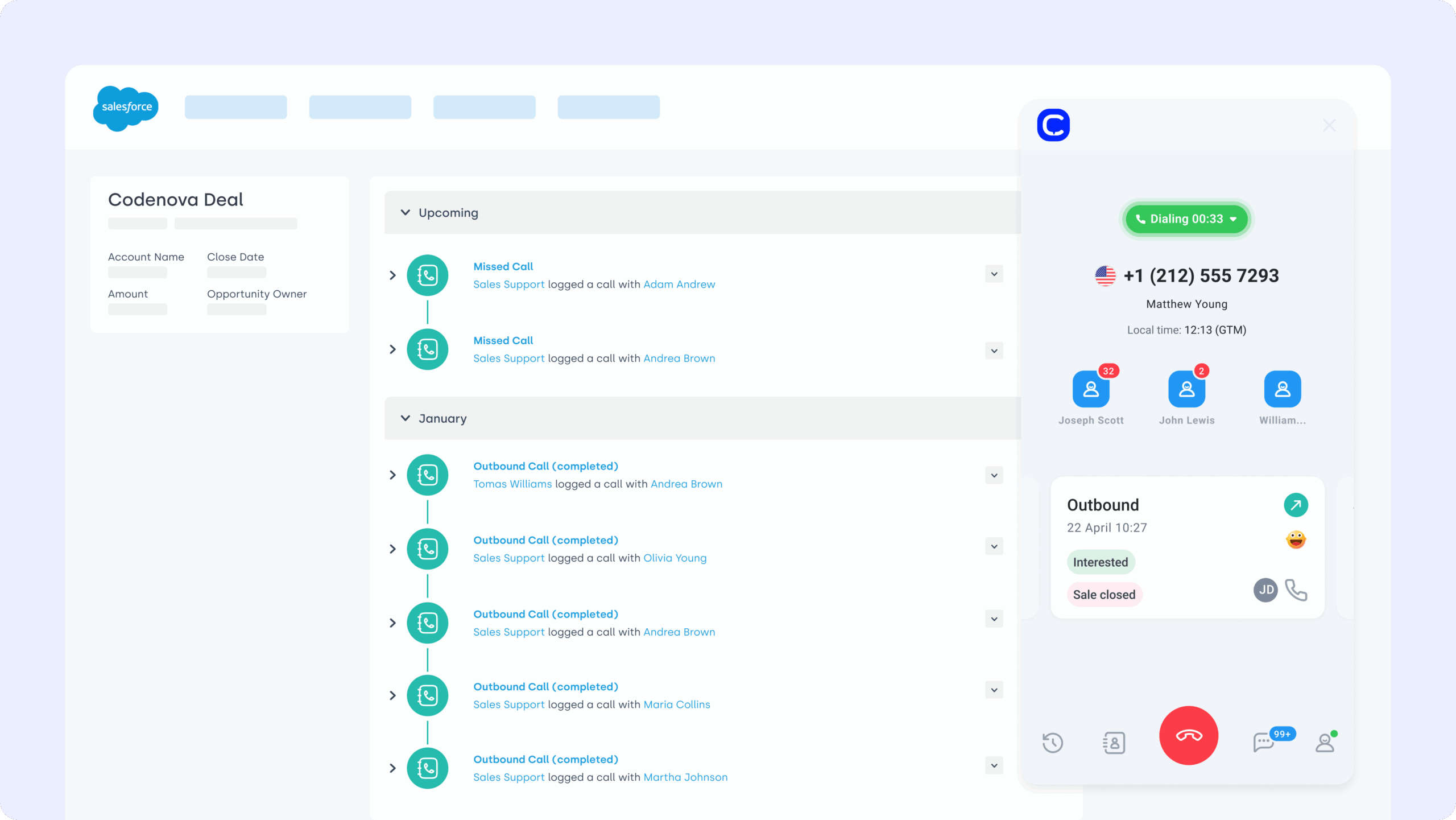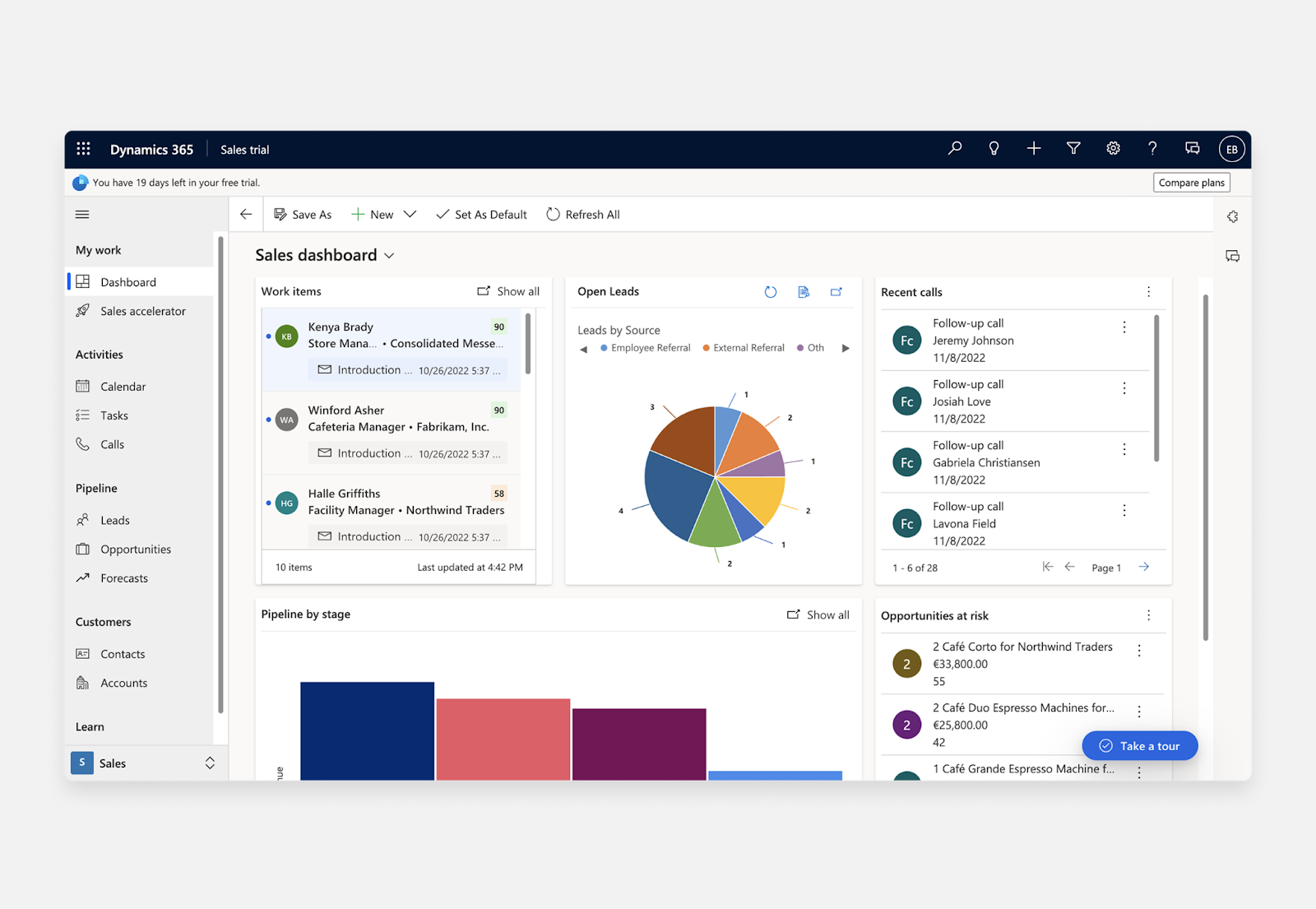You’re ready to add AI voice agents to your team. You’ve read the articles, you’ve heard the hype—they help you work smarter, save time, and scale without adding headcount.
But where do you even start? Is it plug-and-play, or does it require a team of Anonymous-level hackers?
Here’s the good news: many providers (including yours truly) now offer plug-and-play APIs, no-code platforms, and out-of-the-box integrations, making setup relatively easy.
In this article, we’ll walk you through how easy it is to integrate Voice AI, what kind of challenges you might encounter (and how to solve them), and what the voice AI integration process looks like from start to finish—including how to connect it to your existing systems.
Key takeaways
-
Voice AI can be easy thanks to no-code platforms and plug-and-play APIs. Most teams can get started without a developer—or a meltdown.
-
Integrating Voice AI saves time, scales your team, and keeps you competitive.
-
You’ll get a step-by-step setup guide and real talk on the challenges. From connecting to your CRM to dealing with data syncing quirks, we’ve got you covered.
For a plug-and-play voice agent API that you can integrate right away, take CloudTalk for a spin.
How Easy Is It to Integrate Voice AI With Your Business Tools?
It depends on your provider, but many larger companies offer prebuilt integrations (like with Salesforce, HubSpot, Zoho, etc.). So it typically takes just a few clicks or an API key—no coding required.
If you’re using a custom or niche CRM, integration may require API work or using tools like Zapier or webhooks—which is when you might need to bring in the IT guy.
TL;DR

Choose a Voice AI provider that has native integrations for quick and easy setup.
Why Integrate Voice AI into Your Existing Systems?
Integrating Voice AI will help you keep up with other companies doing the same. Honestly, most companies will adopt this technology—and soon, because it’s a smart business move. Voice AI can help with inbound calls, outbound calls, sales, support tickets, or appointment confirmation—you name it.
Here’s what you gain by connecting Voice AI to your current tools and platforms:
24/7 Responsiveness without Extra Headcount
Since Voice AI agents aren’t humans, and don’t have families and health problems to deal with (not yet at least), they work around the clock—no breaks, no burnout. With conversational AI voice and SMS integration, you can answer FAQs, qualify leads, or handle common support queries even while your human team sleeps.
Faster, More Consistent Customer Experiences
It’s a quick way for customers to get the information they need, and while IVR has its time and place, AI Voice Agents typically offer more helpful information. That’s because integrated systems let AI agents pull context instantly from your CRM or helpdesk. Also, since it’s AI, it keeps learning and getting better, and like a human, can understand the intent behind what your customer is saying and respond in kind.
Scalable Operations with Lower Costs
AI lets you handle more calls without scaling your team. Paired with the best Voice AI CRM integration solutions, businesses can automate repetitive tasks like call routing, lead capture, and appointment scheduling—all while keeping overhead low.
Streamlined backend workflows
With seamless AI voice integration, your Voice AI agent can automatically log call data, update contact records, trigger workflows, and send useful info to your CRM. Platforms that offer top AI voice assistants with CRM integration remove the manual busywork.
CTA: Improve CX, scale your team and keep costs low with the help of AI Voice integrations. Learn More.
Step-by-Step Guide to Implementing Voice AI
You don’t need to be technical to set up Voice AI—especially if you’re using a modern tool like CloudTalk. Below you’ll find the quick guide to implementing your Voice AI, and if you really want to get into it, you can keep reading for a more holistic explanation of the entire process.

TL;DR
That’s the gist of it—now let’s go deeper.
1. Define what you want your Voice AI to do
Start by setting a clear goal. Are you aiming to:
-
Answer inbound calls automatically?
-
Capture and qualify leads?
-
Route calls or inquiries to the right sales rep?
-
Book appointments or handle FAQs?
A well-defined use case makes the setup easier and ensures your Voice AI delivers actual results—not just cool tech.
2. Choose the right platforms
Pick the CRM and Voice AI platform that work best for your stack. Some examples:
-
CRM: HubSpot, Zoho, Salesforce, Pipedrive
-
Voice AI Tool: CloudTalk AI Voice Agent
-
Integration Tool (optional): Zapier, Make (for advanced routing or niche CRMs)
Make sure your Voice AI provider offers the best voice AI CRM integration solutions for the tools you already use—or has an open API.
3. Connect the platforms
This is where the magic happens—and it’s typically no more than a few clicks:
-
In CloudTalk, go to Integrations
-
Choose your CRM (e.g. HubSpot, Zoho, Pipedrive)
-
Authorize access and let the system sync contacts, activity, and deal data automatically
No Native Integration?
When there’s no native integration…honestly, it might be time to bring the IT guy in. You can still make it work without them—but it’s not instant. You’ll either:
-
Use a no-code tool like Zapier (good for SMBs, fast setup)
-
Or go the custom API route (good for scale, needs devs)
4. Set up your workflows
Now define how your Voice AI should behave. Example:
-
A prospect calls your sales line
-
The AI answers and asks a few qualifying questions
-
It records the answers and sends them to your CRM as a new lead
-
The lead is tagged “High Intent” and assigned to a rep
This is where top AI voice assistants with CRM integration really shine—they can handle routine processes while your team focuses on higher-impact tasks.
5. Test everything
Before going live, test the flow from end to end:
-
Does the Voice AI pick up the call as expected?
-
Is lead data syncing properly in your CRM?
-
Are alerts and follow-up tasks being created?
This step ensures your voice AI compatibility with existing systems is flawless—especially for teams using SIP and PSTN integration or VoIP platforms.
6. Launch and optimize
Start small—maybe one call flow or one campaign. Monitor your results, then scale. Voice AI lets you iterate fast, especially with platforms that offer leading Voice AI APIs for developer integration or global telephony support.
Integrate your business tools with CloudTalk’s voice agent in minutes.
Common Challenges When Integrating Voice AI & How to Overcome Them
Voice AI Integration Challenges
| Challenge | How to Handle It with CloudTalk |
|---|---|
| 1. No native integration Some CRMs or tools don’t have a direct plug-in with your Voice AI platform, which means setup can feel clunky. | CloudTalk integrates natively with 35+ tools, including all the big CRMs (Salesforce, HubSpot, Zoho, Pipedrive). For everything else, there’s Zapier or our open API—no dev team required unless you’re getting fancy. This covers most voice AI CRM integration needs. |
| 2. Recognition accuracy & accents Background noise, fast talkers, or strong accents can trip up Voice AI. | CloudTalk’s AI Voice Agent is built on LLMs trained for conversational speech, and supports fallback actions like human transfer or retry logic. This helps reduce errors and improve AI voice technology performance in real-world conditions. |
| 3. Data syncing issues Sometimes data doesn’t land in the CRM correctly—duplicate contacts, missing notes, or incorrect lead tags. | With CloudTalk, once you connect your CRM, you can map fields directly (e.g. lead status, call outcome). This makes the voice AI integration process smoother and avoids messy records. |
| 4. Legacy systems or custom setups If you’re using old-school CRMs or custom tools, integrations aren’t always plug-and-play. | CloudTalk offers leading Voice AI APIs for developer integration, so you can build whatever workflow you need. For example, syncing with in-house dashboards or niche tools. |
| 5. Handing off to a human agent If the AI gets stuck, the transition to a human needs to be fast and seamless—otherwise it frustrates customers. | CloudTalk lets you design fallback flows: the AI can tag and transfer the call, drop a transcript, or route to the right queue in real time. That helps bridge the AI-human gap smoothly—key for which AI voice agent offers the best integration with existing systems. |
If you’re interested in checking out some of the top integrations for call centers, have a look at the video below:
Ready…Set…Integrate!
As you can see, with many AI voice providers, it’s easy to integrate with your CRM, especially if you’re using a modern platform like CloudTalk. You just log in, head to the Integrations section, click “Connect to HubSpot” (or whichever CRM you use), approve access, and let the data sync.
Want to go deeper? Check out our related articles on how Voice AI works and the best AI voice agents for business. They’ll help you build a full picture of what’s possible—and where Voice AI fits in your growth strategy.















